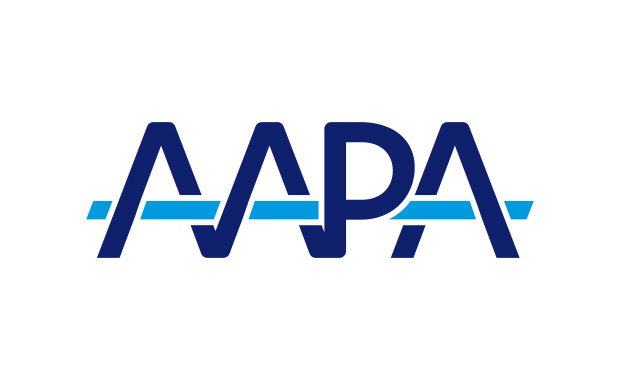Integrating Ultrasound into PA Practice
Keeping PA students and new PAs on the leading edge
By the Society of PAs in Clinical Ultrasound
A basic foundation of our profession is the principle that PA education is based on the medical model of education.
PA students take many of the same or similar courses as their medical student colleagues. They share lecturers, facilities, and resources, understand the same concepts, and speak in the same vernacular.
So what happens when a new technology emerges and changes the way medicine is practiced? What happens when medical schools depart from their traditional curriculum and embrace new concepts in teaching and learning? How do PA programs and educators respond?
In 2001, the American College of Emergency Physicians adopted the first set of point of care ultrasound (POCUS) guidelines for clinicians to use in the ER. In 2007, the Accreditation Council for Graduate Medical Education mandated procedural competency for all emergency medicine residents in ultrasound as it is considered a “skill integral to the practice of Emergency Medicine.”
Today, institutions such as Stanford, University of California Irvine, Ohio State, McGill, and the University of South Carolina have fully integrated ultrasound into their medical curriculums. Other medical schools have a dedicated faculty member whose purpose is to integrate ultrasound into the undergraduate medical curriculum.
Ultrasound integration means that anatomy, physiology, pathology, the physical exam modules, and the hospital practicum all have an ultrasound component that complements the traditional learning.
How do PA programs keep pace? How do PA programs prepare students to enter the workforce armed with the tools to converse with our collaborating physicians and to give patients the very best care?
Medicine has known for years that ultrasound is a better test for the detection of pneumonia, congestive heart failure, and pneumothorax and pulmonary effusions. It is imperative for procedural guidance/needle placement and can safely be used for fracture management and regional anesthesia to relieve pain in almost any peripheral location in the body.
The Society of PAs in Clinical Ultrasound (SPACUS) would like to help PAs stay at the forefront of this technology. We would like to offer students who want to learn, but don’t have access to the education through their programs, the opportunity to develop a Student Ultrasound Interest Section (SUIS).
This is a free, extracurricular activity, where students from one program can decide to form a SUIS. SPACUS will help them decide which applications they want to learn and assign a mentor with ultrasound experience.
The mentor will push the didactic information to the students through FOAMed, Free and Open Access Medical Education, in the form of 15- to 40-minute video lectures. Once they’ve digested the didactic information, students will begin scanning normal anatomy.
Courses available:
- Basic Physics/Knobology
- Basic Cardiac
- Basic Lung
- Basic Abdomen
- Line Placement
- Soft Tissue
- DVT
- Basic MSK/Joint
- Leadership/US Directorship/Billing/Coding
Additionally, SPACUS can help students obtain scanners. For those programs affiliated with a medical center, SPACUS will facilitate a request to the local ultrasound program director to borrow their machines. If this is not a practical approach, SPACUS will help the SUIS lease machines at very reasonable rates. In fact, if the students in the SUIS would like to have personal scanners, we can facilitate this opportunity.
The SPACUS mentor will arrange for video chats to answer questions, present pathology, and guide image acquisition and interpretation technique. SPACUS may even be able to arrange for live model/cadaveric scanning sessions with the SUIS a couple times a semester.
Any student program is eligible to become a SUIS, to include PA, medical, NP, and nurse anesthetists. However, all members of the SUIS must be members of SPACUS.
SPACUS can even arrange for a “train the trainer/faculty” mini-fellowship, where the PA program’s faculty are trained so that they feel more comfortable integrating the learning in the curriculum.
Contact SPACUS for more information. It’s $50 to join – $10 if you are a student.
Frank Norman, PA-C, is a founding organizer of the Society of PA in Clinical Ultrasound. Read more about the group here.
Thank you for reading AAPA’s News Central
You have 2 articles left this month. Create a free account to read more stories, or become a member for more access to exclusive benefits! Already have an account? Log in.


